in 2023 I had the opportunity to do an internship at fish ecology lab (Curtin university) in Perth western Australia. I had the pleasure and honor to meet and work with great scientist in the field of fish ecology research (Ben Saunders, Euan Harvey, Jack Parker, Simon Mckinley...) Here are few lines about this research experience.
Using previous fish surveys data from before (2006) and after (2015) the 2011 big marine heatwave (MHW) in southwest Australia. We design a functional approach using 5 Fish traits (Size, Diet, Habitat, Water column position, climate preference) and group fishes into functional entities to assess the functional consequences of the MHW perturbation. Alpha and beta functional indices were computed in a 3-dimensional PCoA functional space. Functional richness and functional evenness were found to be respectively higher and lower after the MHW. As expected a good part of new fishes in 2015 were directly related to subtropical or tropical traits areas (46%), but surprisingly there was also a very significative increase in relative abundance and new occurrence of temperate species. We attributed this to the denser occupation of the functional space in 2015, as supported by a significant overall decrease in the functional nearest neighbor metric. Although the global functional identity remained, it was clear that the 2015 modifications in functional assemblages had caused a drift in beta distance at nearly all sites, resulting in a generalized 35% dissimilarity over a 9-year timespan. We propose that the unexpected resilience of temperate related traits species, and increased redundancy of temperate functional entities in 2015 could be linked to some kind of reflux condition in the weakening post Niña Leeuwin current.










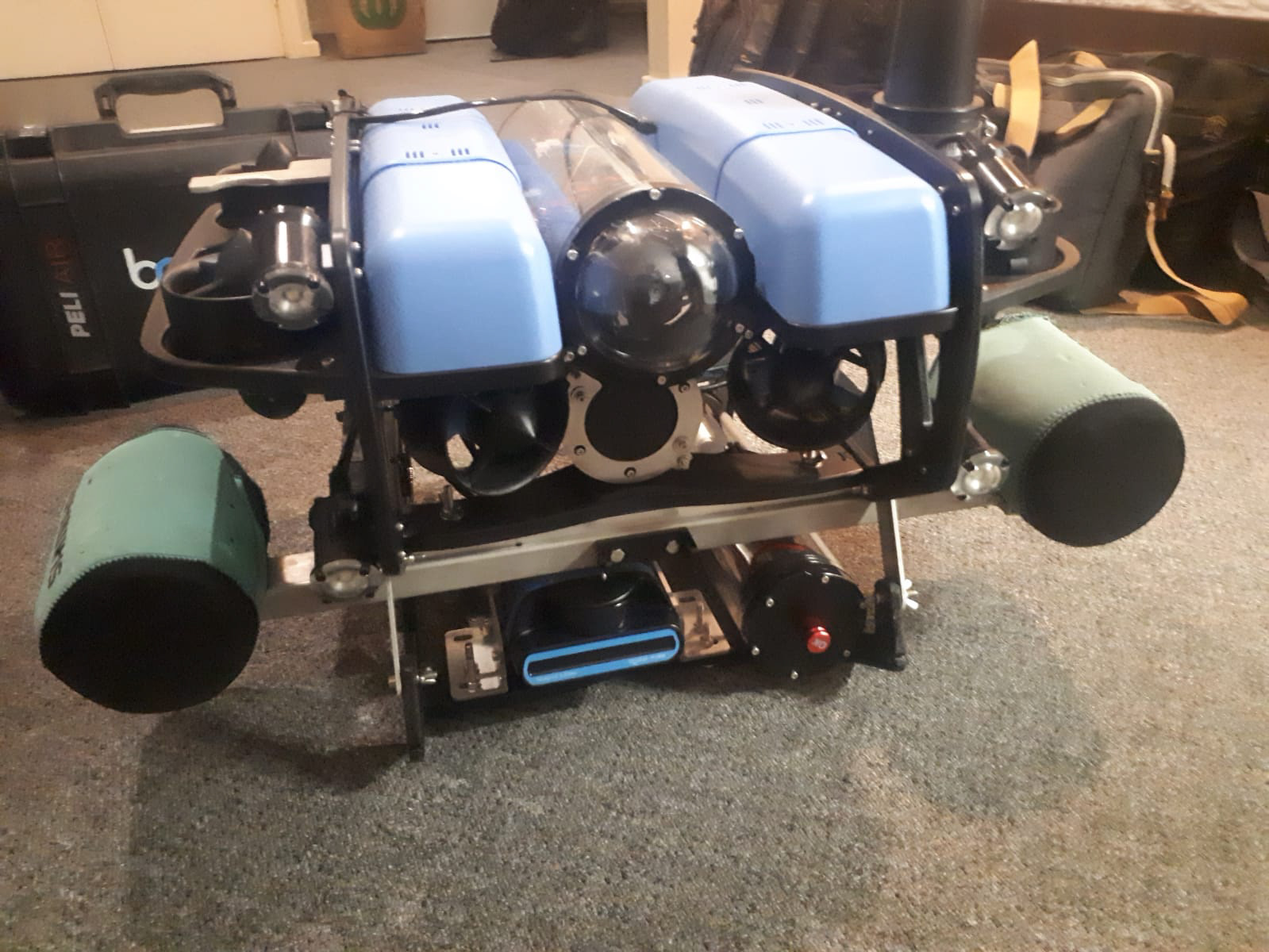

Functional indices computation and high quality functional graphics, this is the core of R mFD package!
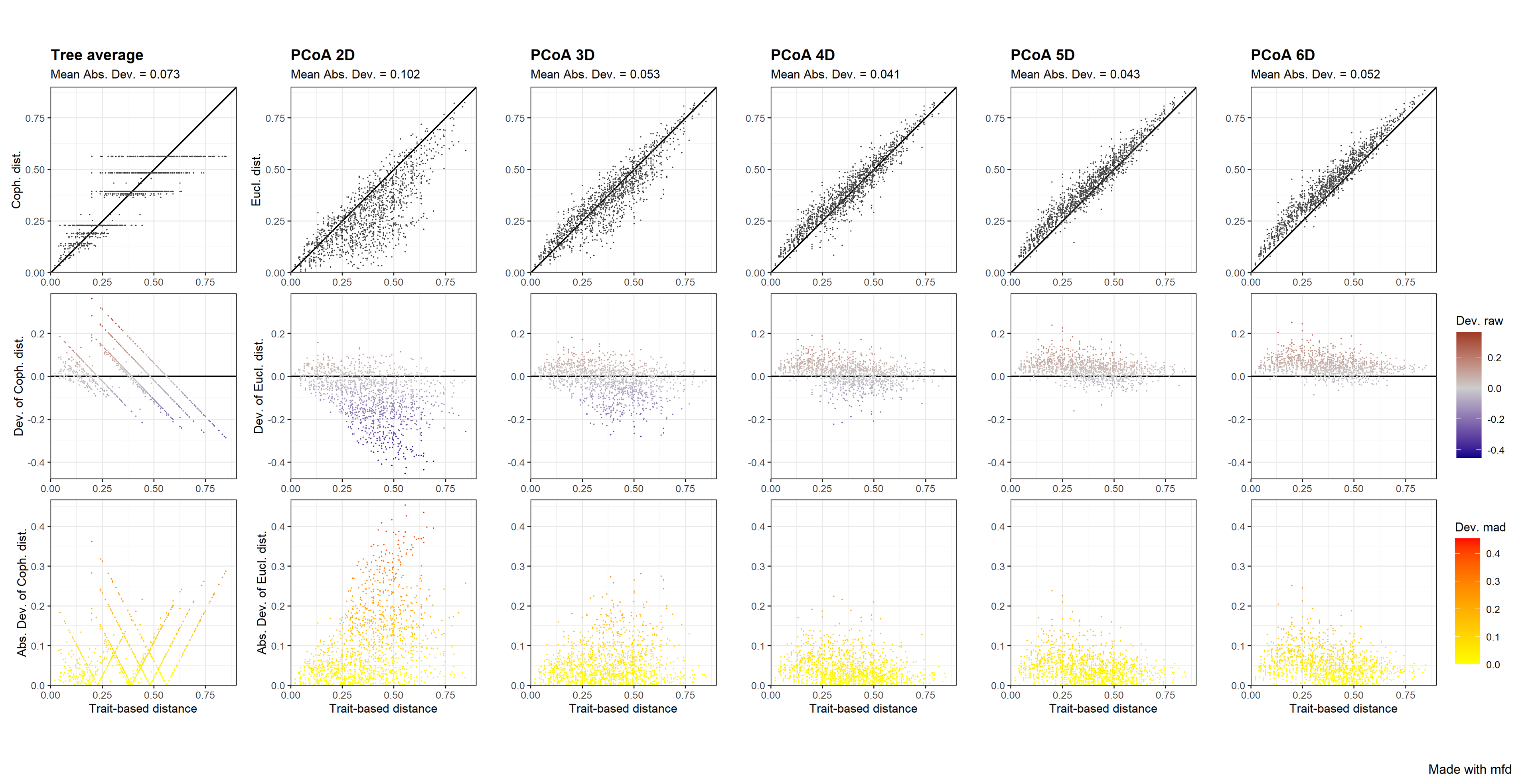
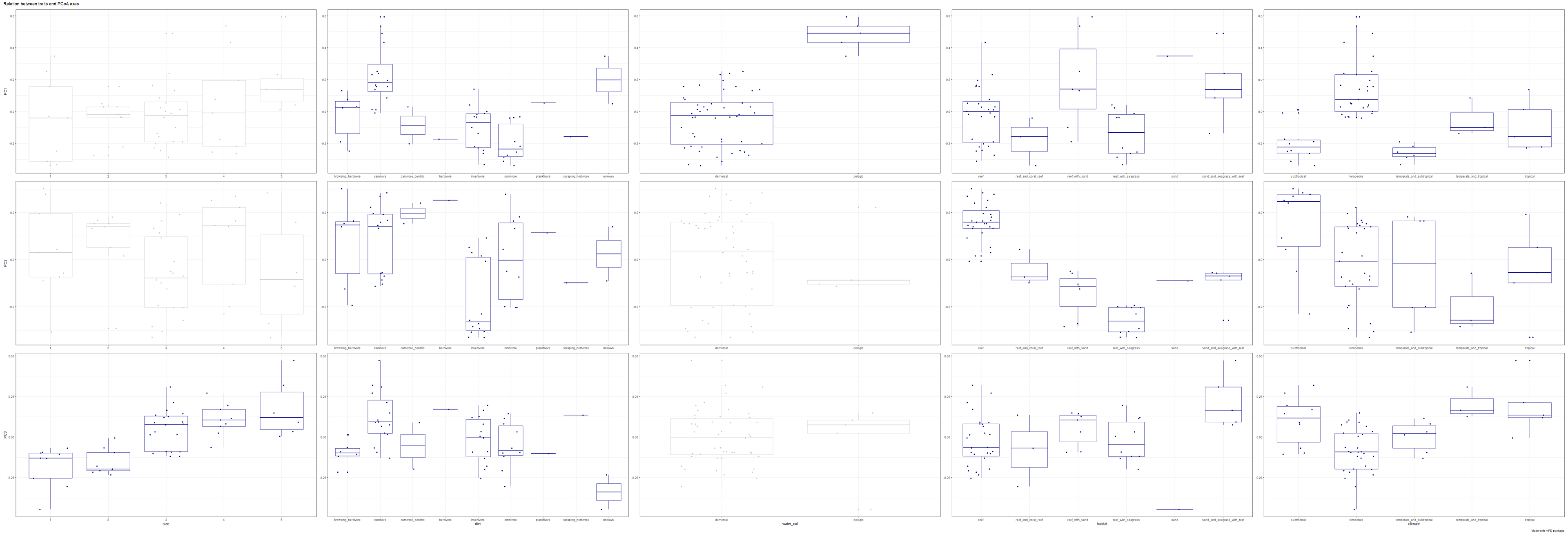
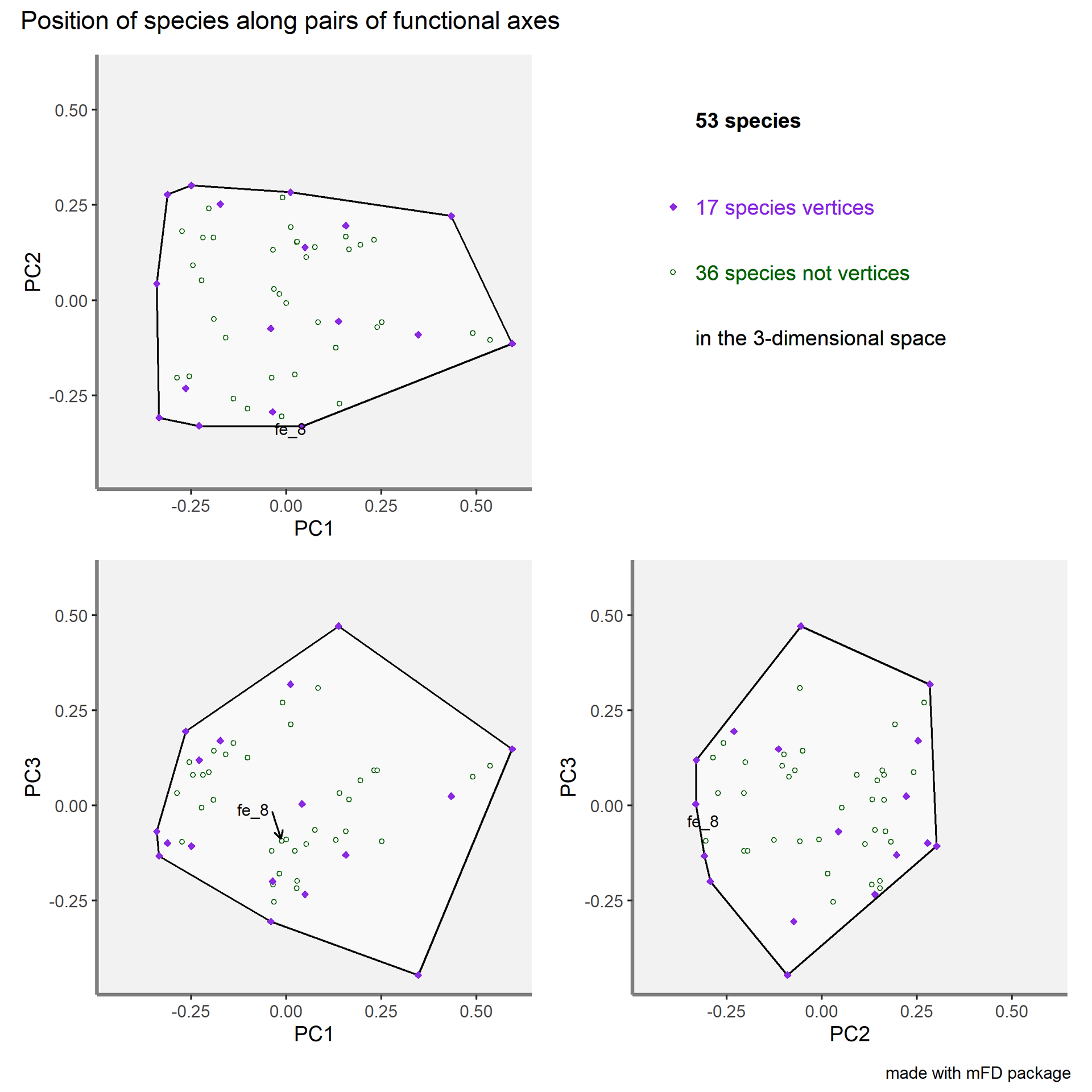
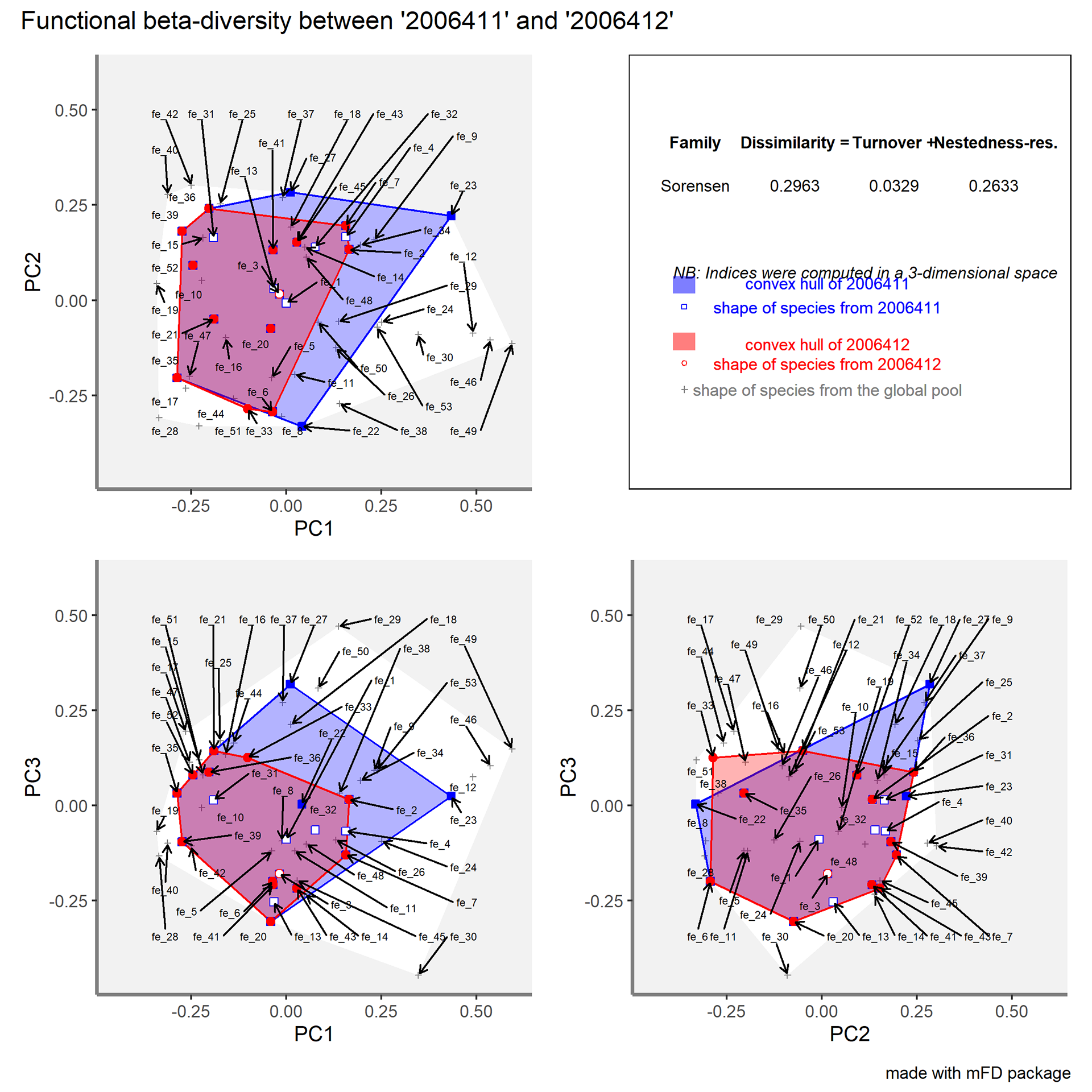
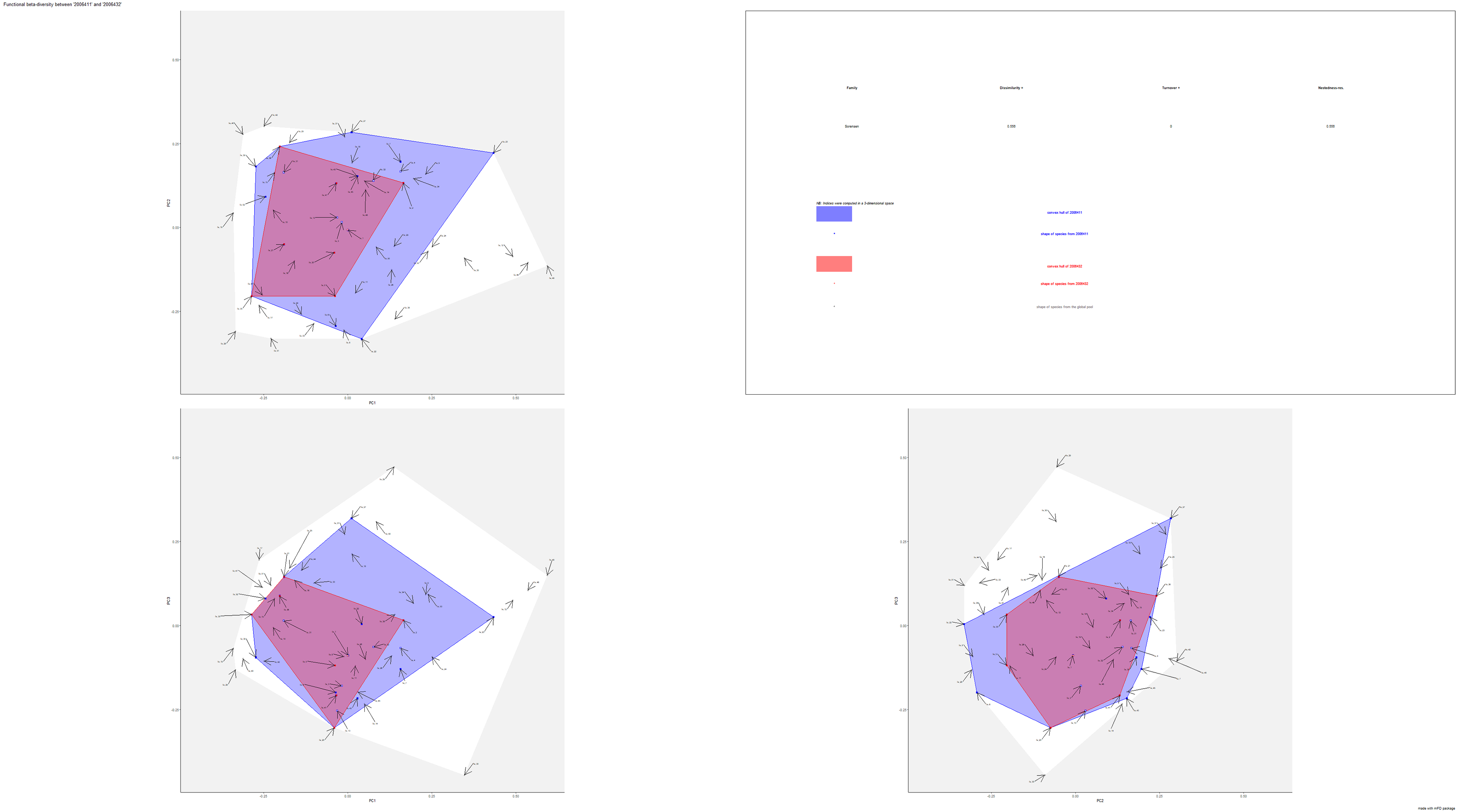
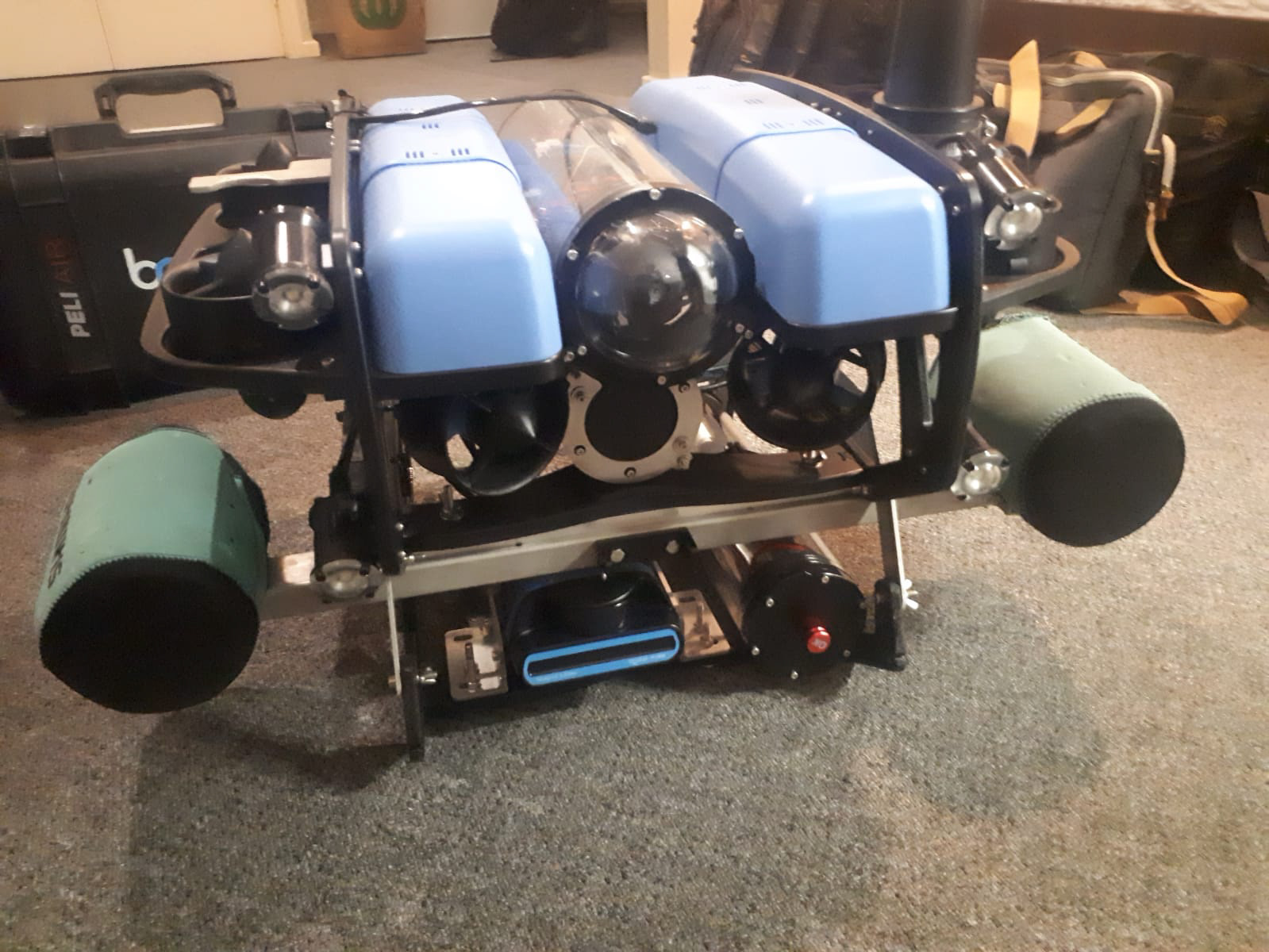
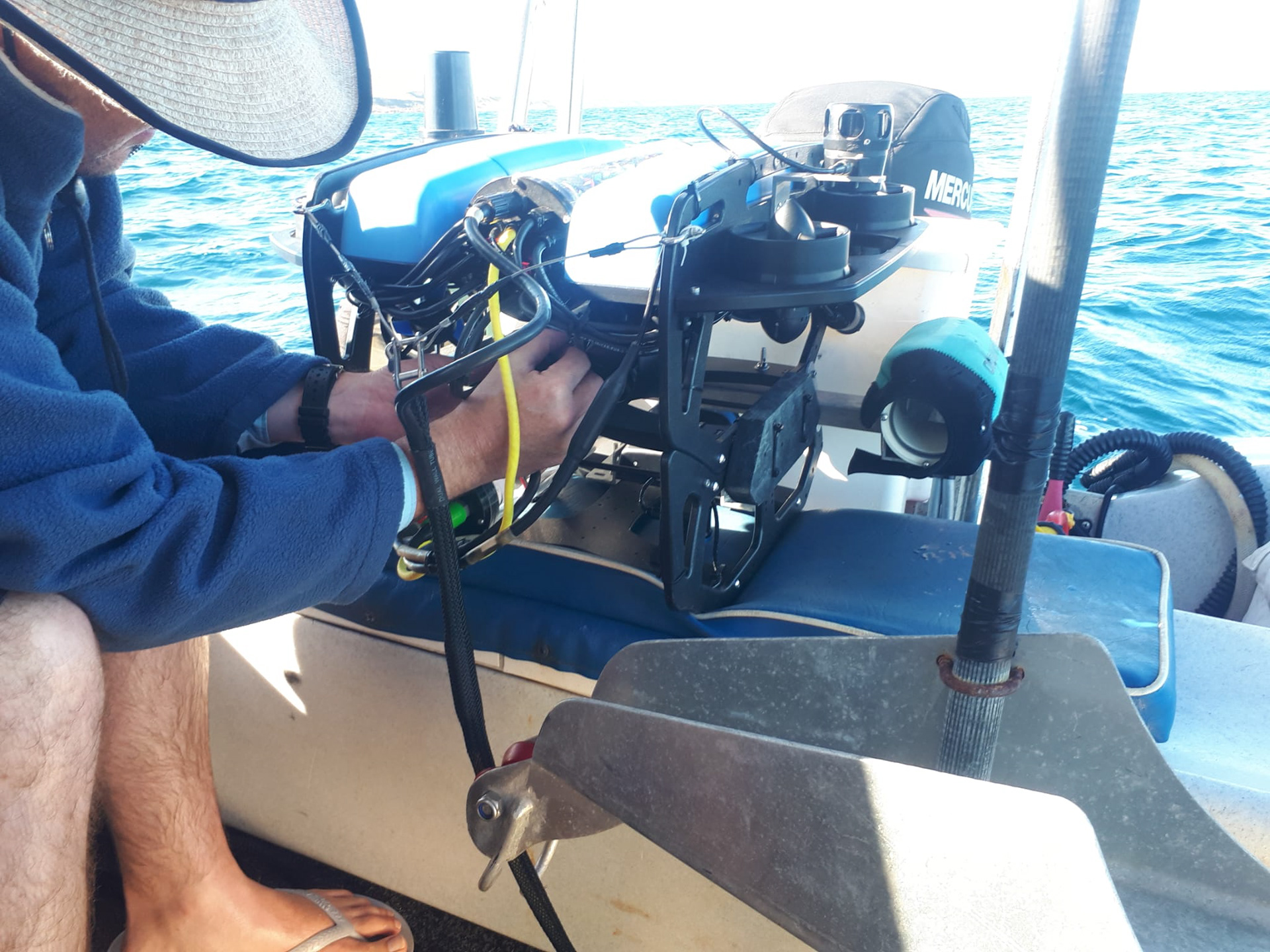
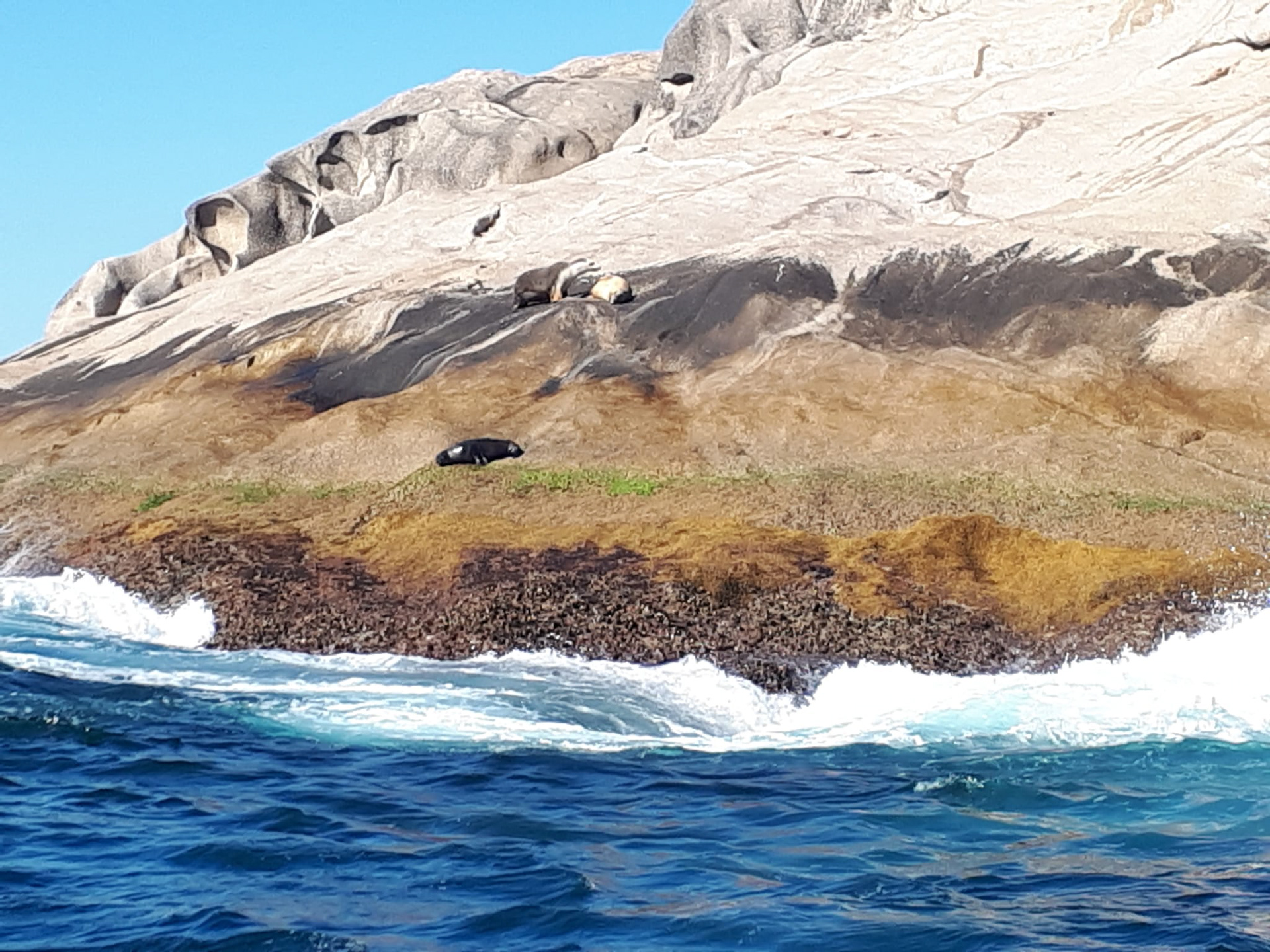
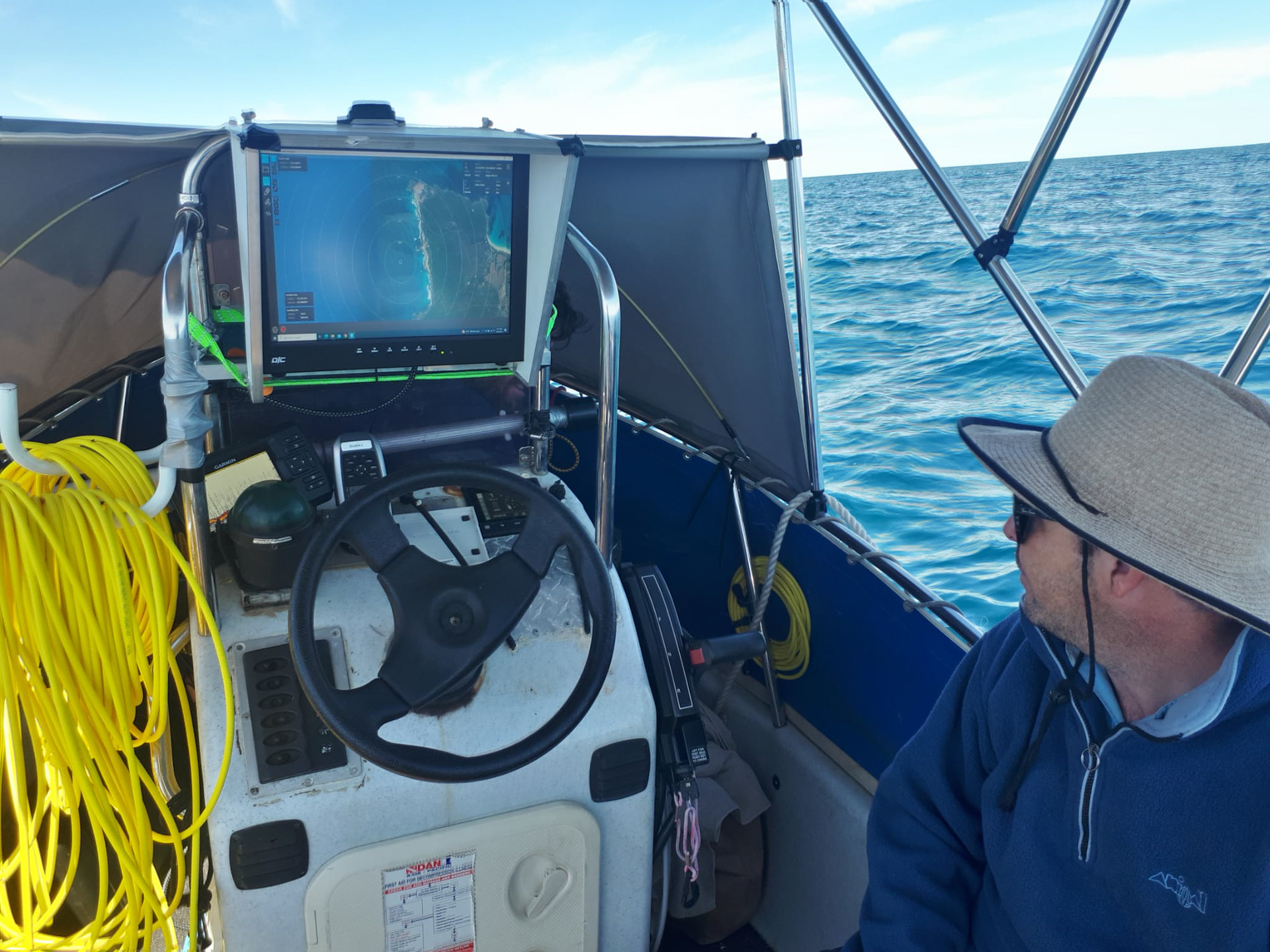
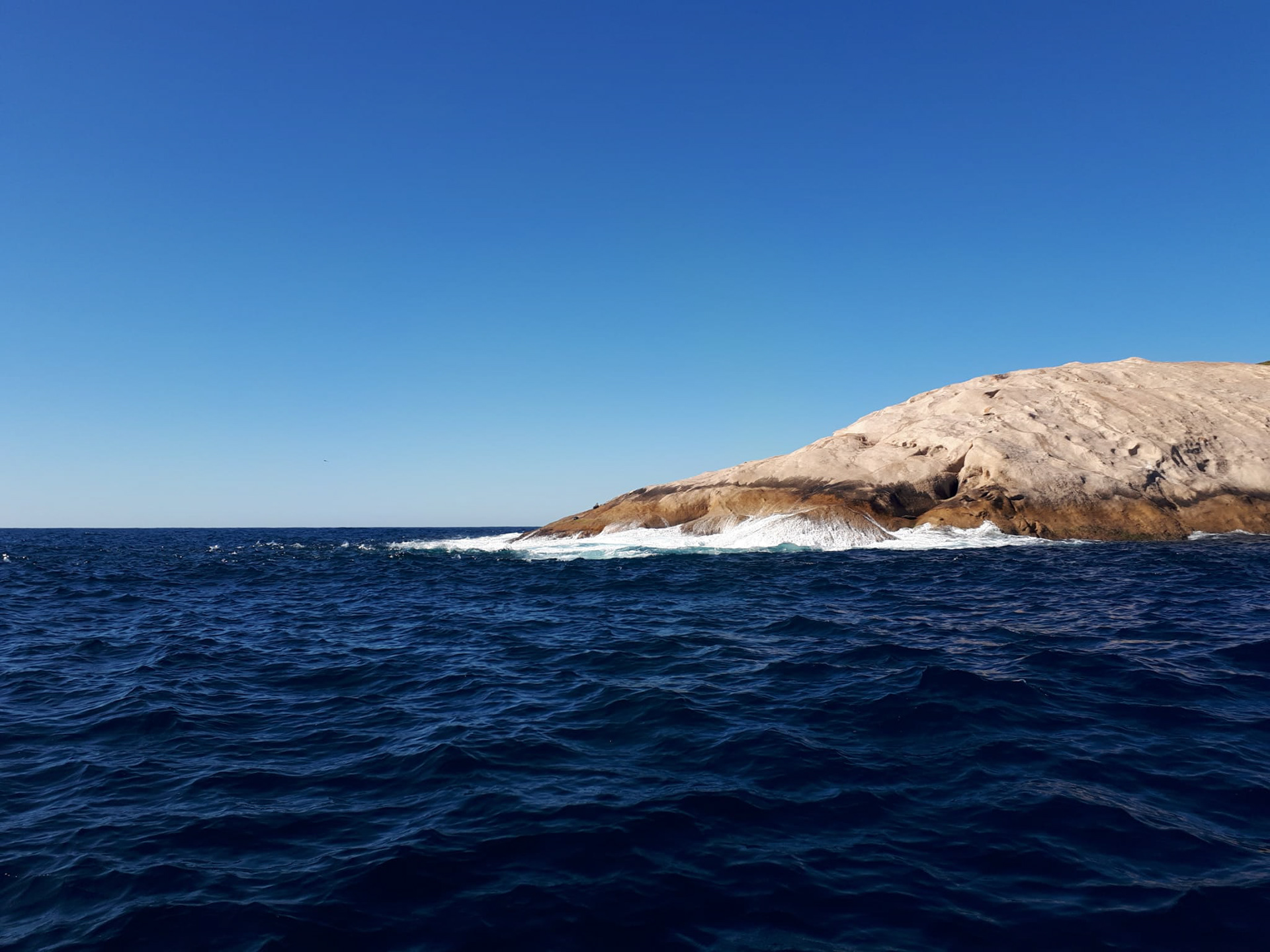
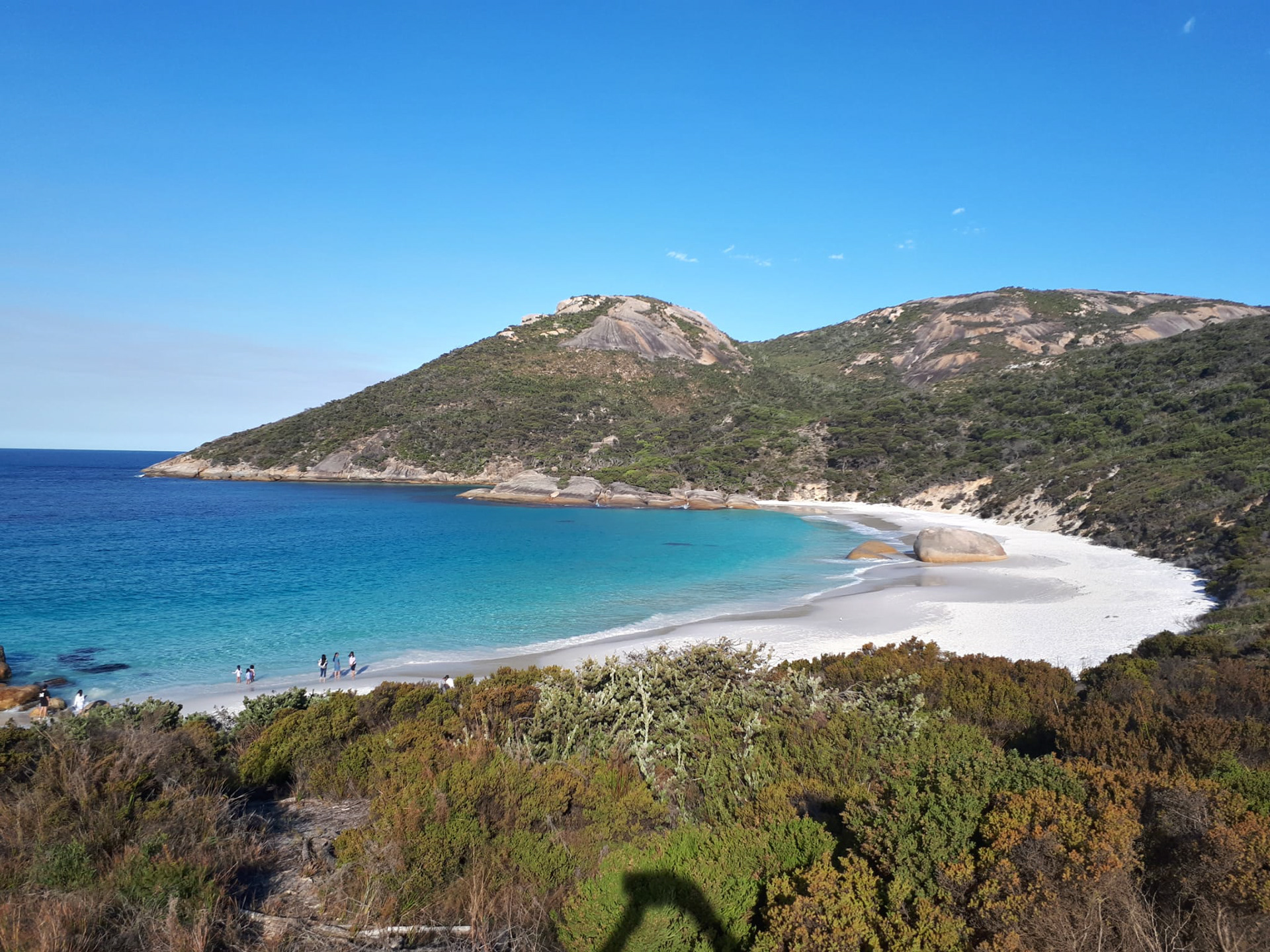
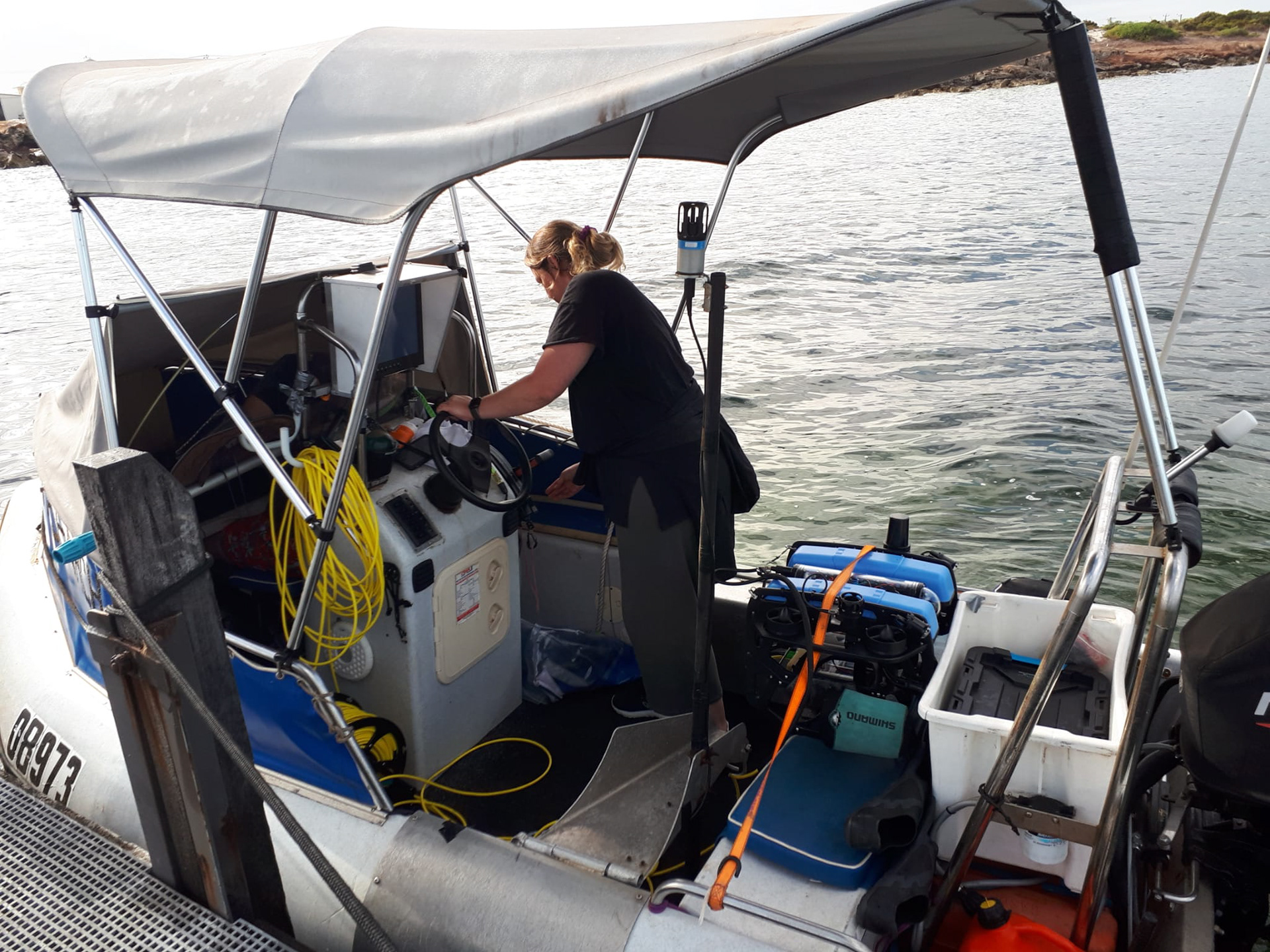
Further investigations are needed to complete this study and validate its findings. While early results point to significant functional differences in fish communities between 2006 and 2015, these changes appear to be primarily driven by shifts in temperate species across sites, rather than by an increased influence of tropical species as initially expected. The reasons behind this temperate-dominated change are not yet fully understood. It is important to note that this study was limited to a relatively small geographical area and only two points in time. To draw more robust conclusions, we need to expand our research in several ways. Extending the study area further north and south would allow us to better understand the spatial dynamics of these functional changes. This could help determine if tropical species are indeed exerting pressure on their temperate functional relatives in areas north of our current study sites. More frequent sampling between 2006 and 2015, and beyond, would provide a clearer picture of the temporal progression of these changes. This could help identify any short-term fluctuations or gradual trends that our current two-point comparison might miss. Incorporating more detailed environmental data, such as fine-scale temperature measurements, current patterns, and habitat characteristics, could help explain the observed functional shifts. Including a wider range of functional traits or refining our trait categories might reveal more nuanced functional changes that our current analysis doesn't capture.
By expanding our research in these ways, we can develop a more comprehensive understanding of how marine heatwaves and climate change are impacting the functional diversity of fish communities in temperate-tropical transition zones. This broader perspective is crucial for predicting future changes and informing effective conservation strategies.

